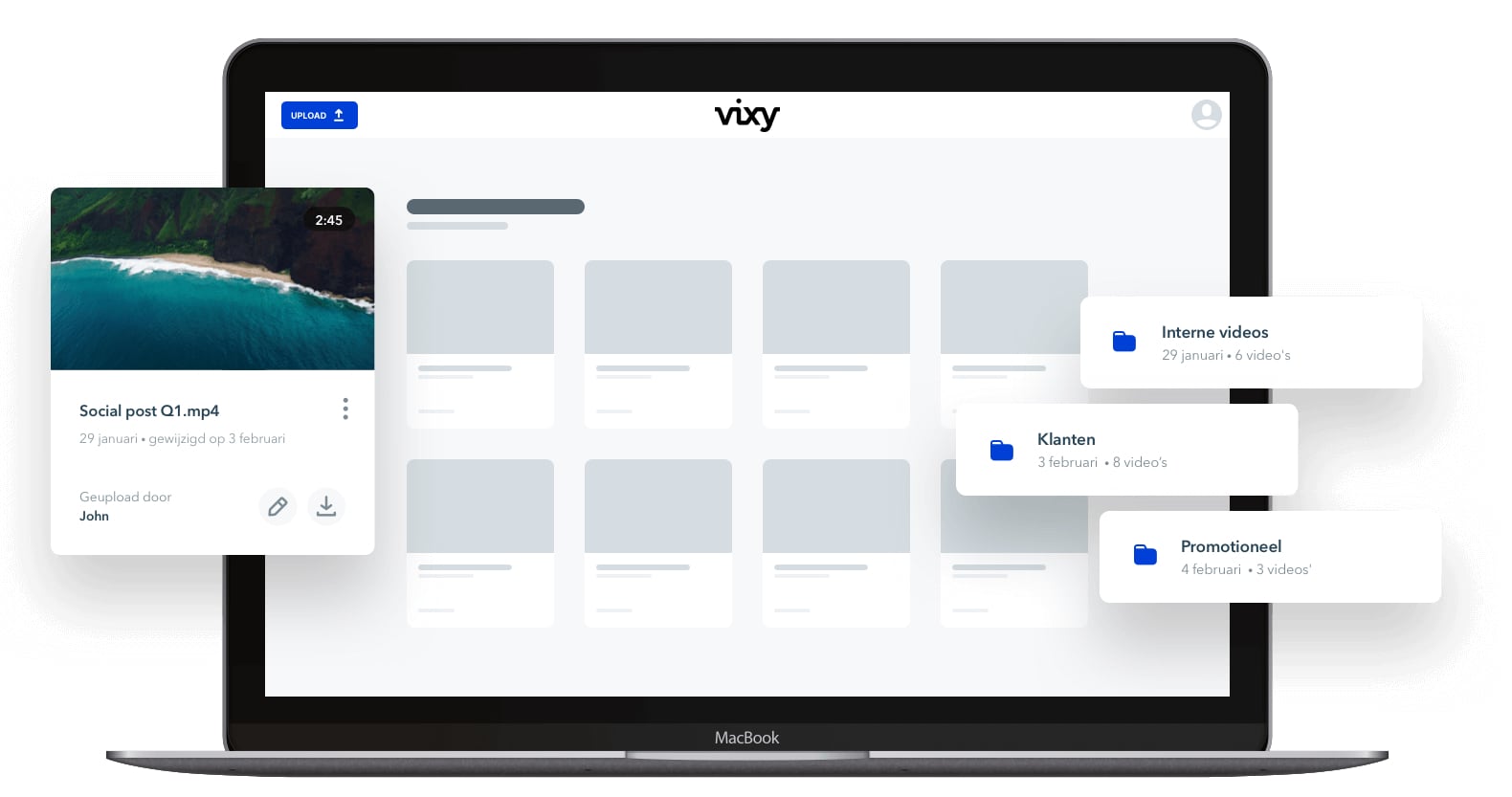Video Hosting: choose a reliable and flexible platform..

Video watermarking is an effective method for protecting video copyright where an image or text is imprinted on a video content to identify the owner of that content. Its main purpose is to identify the owner of the content and discourage unauthorized use. Video watermarking can be broken down into two categories – perceptible and imperceptible.
Perceptible watermarks usually involve superimposing a logo or text over a piece of content. In some cases the perceptible video watermarks can simply include a logo of the video player, brand, or broadcast service. Just applying a logo or a watermark overlay often isn’t enough to actually deter piracy. For that, you’ll need to use the more powerful alternative, imperceptible video watermarking. Metadata such as User ID, device ID, IP address, and time stamps, can be embedded within imperceptible video watermarks and used as forensic evidence to track down the source of piracy and leaks.
Client-side watermarking is by far the dominant current method, and the simplest. It is favoured for its low cost implications, its rapid watermark extraction, and its deployability across multiple platforms, including legacy set-top boxes. Essentially a graphical overlay is composited onto the video stream in the client device, and that is it. This can be visible — many viewers will have seen numeric codes appearing at the edge of their pictures during high-profile premium events — or invisible, the latter being both more popular with viewers and harder for pirates to re-stream as the mark has to first be detected.
Video watermarking is a good defensive strategy to identify the pirates behind stolen content and piracy services. It’s important to use all of the major content protection and anti-piracy tools available, from multi-DRM and concurrency management, to code and application obfuscation, all the way to forensic watermarking.



